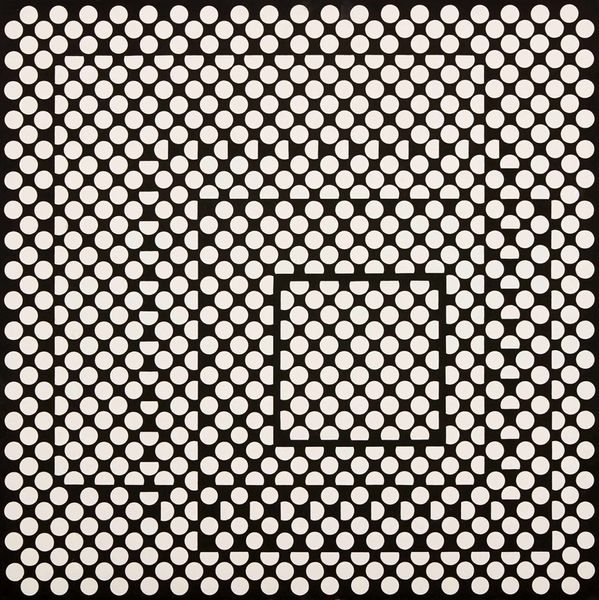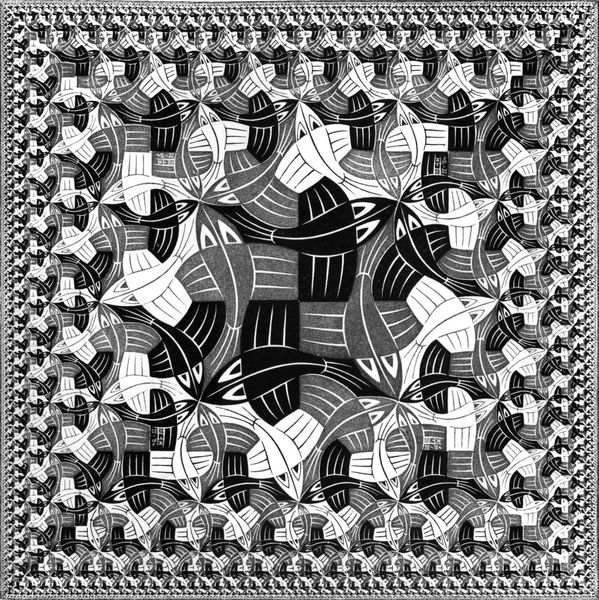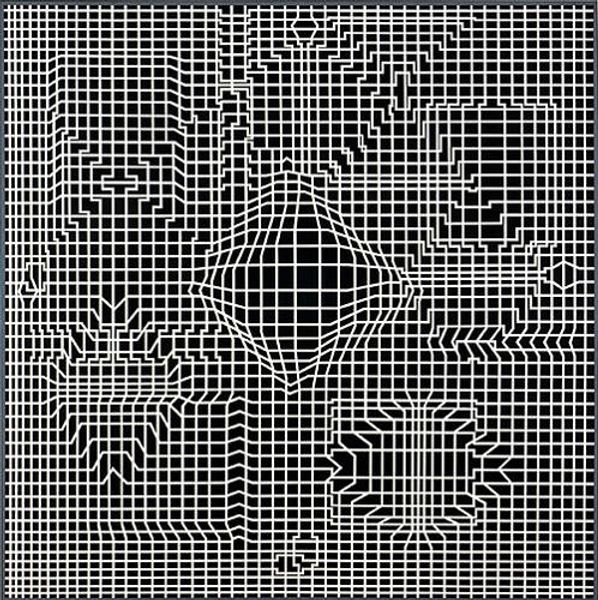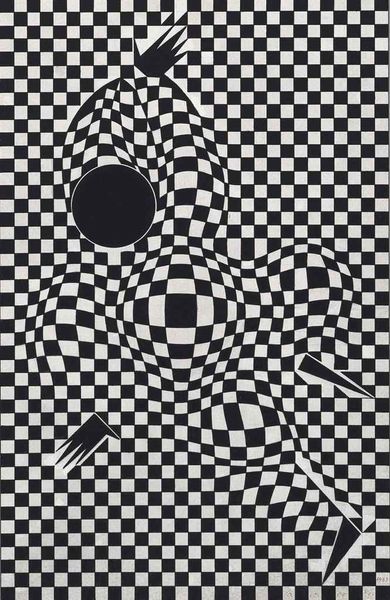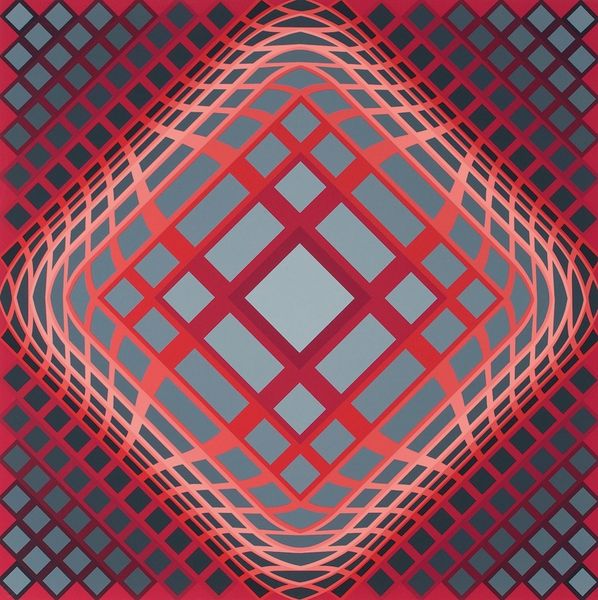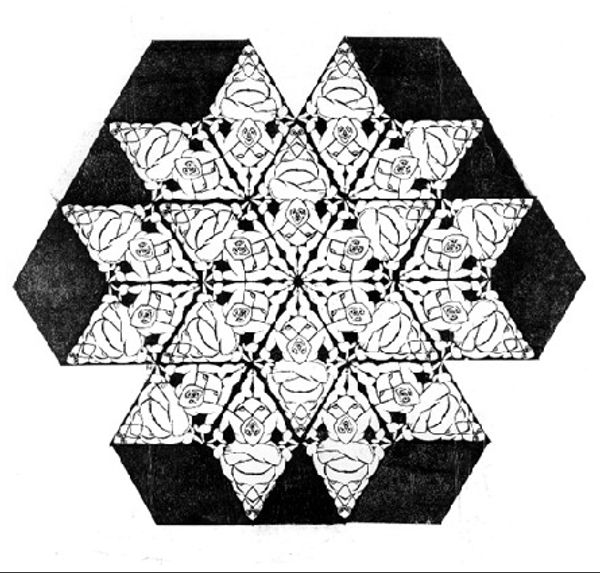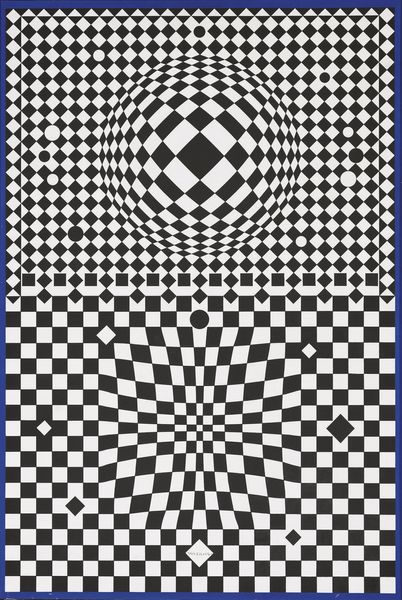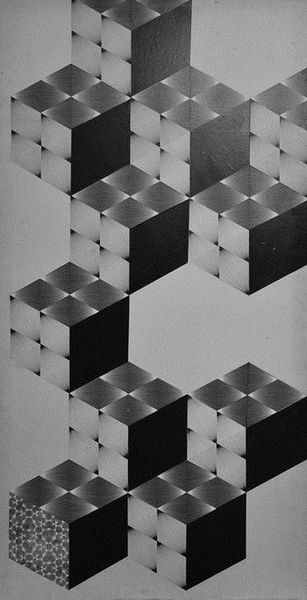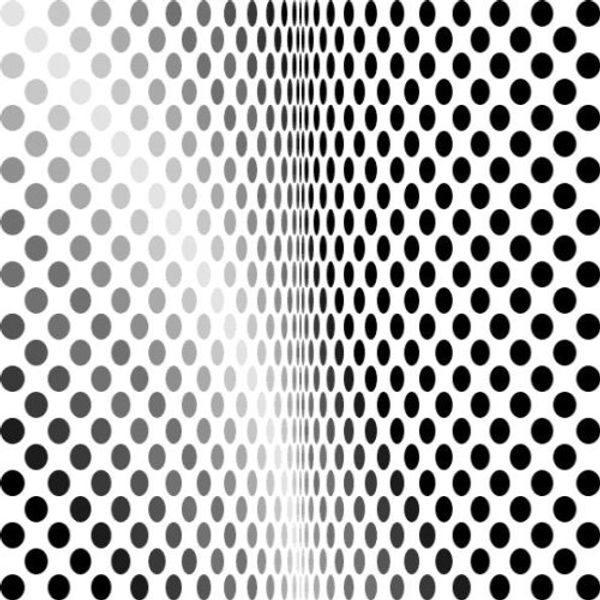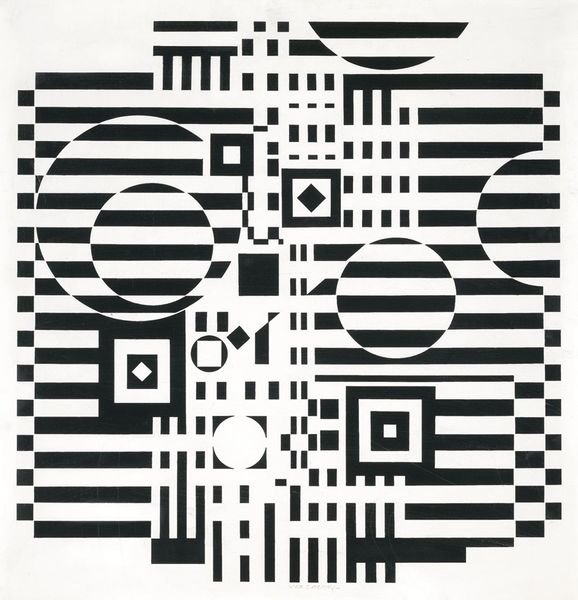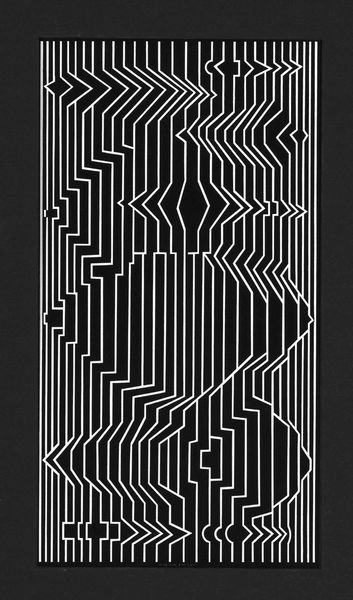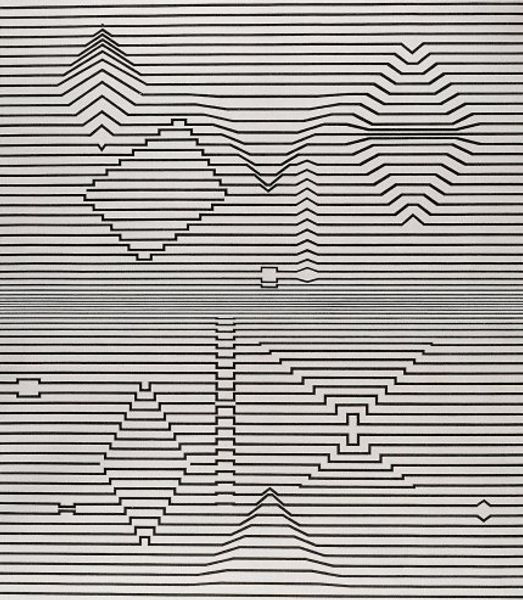
Copyright: M.C. Escher,Fair Use
Editor: Here we have M.C. Escher's "Development I," a print from 1937. The patterns feel both mesmerizing and slightly disorienting to me. There's a strong sense of movement despite being a still image. How do you find yourself interpreting this work? Curator: Well, the beauty of Escher, isn’t it, is how he gets us to question perception. Looking at "Development I," I am transported into a realm where geometry and biology waltz together. See how the reptiles morph and tessellate? He asks, "Where does one form end, and the next begin? Is it growth or metamorphosis?" Do you feel the inherent paradox he presents of order emerging from chaos, and vice versa? Editor: Absolutely! It's like he's visualizing some kind of strange evolutionary process frozen in time. Curator: Precisely. And think of the socio-political backdrop in 1937—a world teetering on the edge of transformation, growth, and looming conflict. Perhaps Escher, through his fantastic reptiles, was hinting at the world's own turbulent 'development.' Or perhaps it's simply an exploration of infinity contained in a finite space. What resonates more with you? Editor: I hadn't considered the historical context! I'm more drawn to the idea of infinity – the way the pattern suggests endless expansion even within this bordered print. It almost feels hopeful, despite the monochrome palette. Curator: Indeed. The lack of color focuses us on the pure, almost mathematical, concept. Ultimately, isn't art about prompting a dialogue – both within ourselves and with each other? And isn't that ‘development’ in itself? Editor: Definitely. I'll never look at tessellations the same way again! Thanks for sharing that fascinating perspective.
Comments
No comments
Be the first to comment and join the conversation on the ultimate creative platform.
